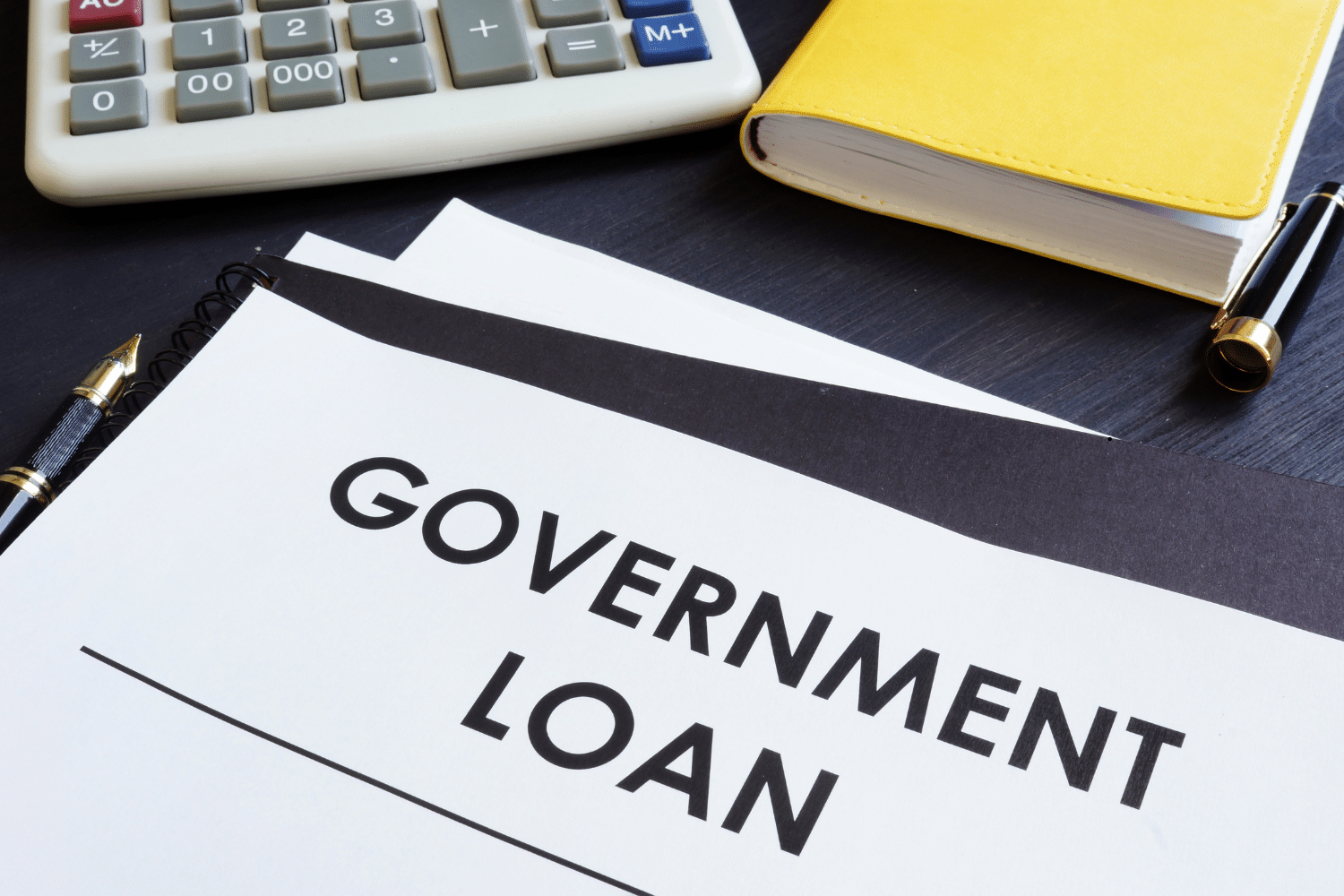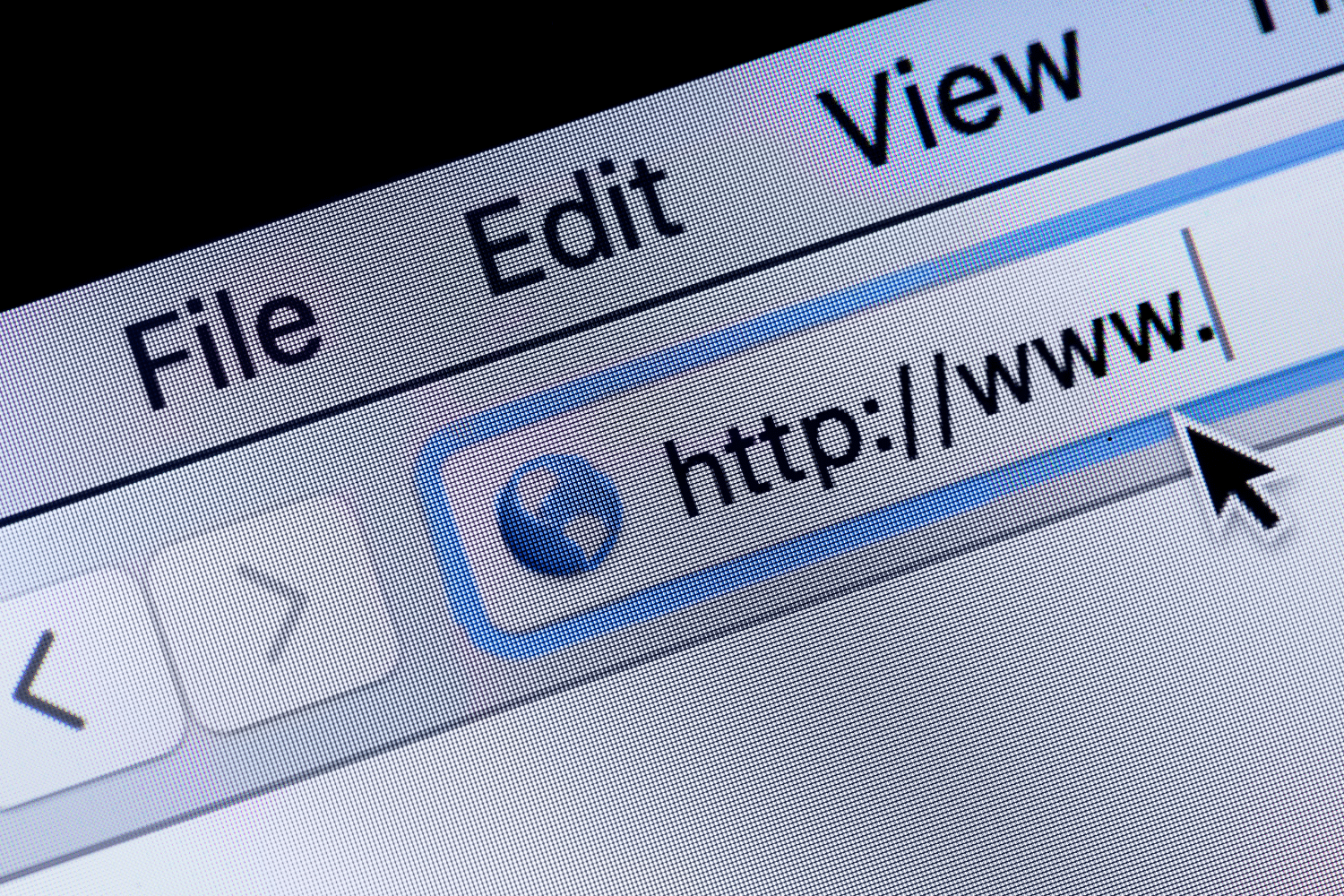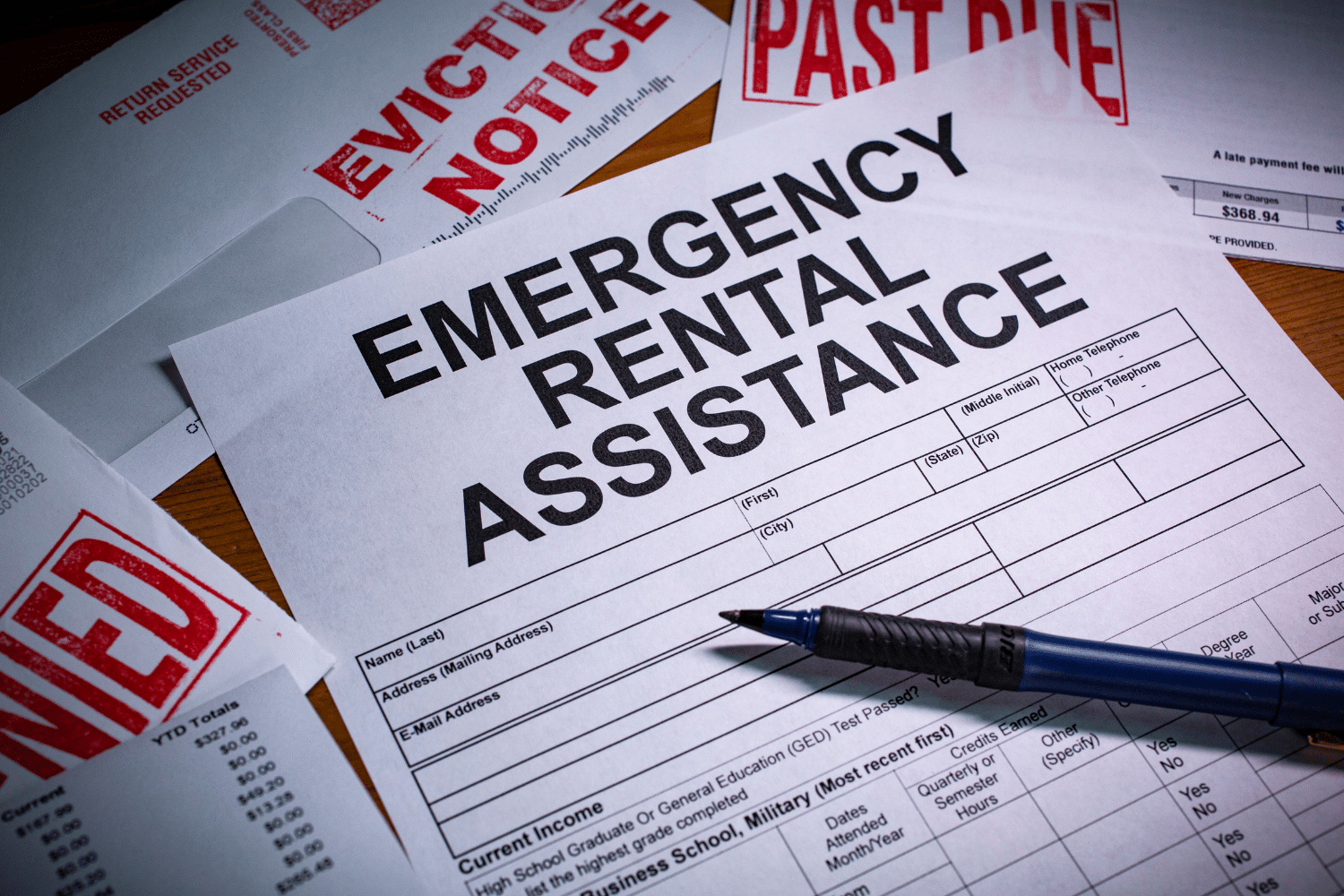Seeking a government home loan can pave the way to homeownership. This article demystifies FHA, VA, and USDA loans, detailing the process to qualify and apply. Aimed at first-time buyers, veterans, and rural residents, we provide essential insights into leveraging these loans for buying or improving a home.
Key Takeaways
- FHA loans provide accessible homeownership opportunities to those with varying credit scores, lower incomes, and allow down payments as low as 3.5% for credit scores of 580 and above.
- VA loans cater to military members, veterans, and some surviving spouses with benefits including no down payment requirements and backing by the U.S., while USDA loans assist low- to moderate-income buyers in rural areas with no-down-payment financing.
- Government-backed home loan programs extend beyond purchasing to include refinancing options for existing loans and specialized loans for home improvements, energy efficiency, homeowners affected by disasters, and specific groups like Native Americans.
Exploring FHA Home Loans: A Path to Homeownership

Federal Housing Administration (FHA) loans, backed by the federal government, offer a ray of hope for first-time buyers, seniors, and mobile home buyers. These government-backed loans are more than just a financial product; they are a pathway to homeownership. But what makes FHA loans so appealing?
What draws people in is their accessibility. FHA loans are to accommodate varying credit scores, including those on the lower end. Hence, they are a favorable choice for first-time homebuyers lacking a robust credit history.
Additionally, those with a credit score of at least 580 can qualify for a mortgage with a down payment as low as 3.5%. This option offers more accessibility for potential homebuyers. This opens the door to homeownership for those with modest incomes and lightens the financial load of home buying.
FHA loans also offer more attractive terms, thanks to the FHA’s insurance on the loans. This allows lenders to offer lower down payments and closing costs, making the path to homeownership even smoother.
Understanding FHA Loan Eligibility
Unlocking the benefits of FHA loans requires meeting the eligibility criteria first. The initial step involves securing an FHA loan from an FHA-approved lender. These approved lenders are easily located through the Housing and Urban Development (HUD) website.
In terms of credit scores, the eligibility is flexible. For instance, for scores as low as 500, borrowers may still qualify with a 10% down payment. However, you need minimum credit score of 580 to enjoy the low down payment of 3.5%.
Navigating FHA Loan Application Process
After confirming your eligibility, you can proceed to the application process. One of the unique features of FHA loans is that they are from private mortgage lenders, which include national banks, local credit unions, and even online mortgage lender options. This wide range of lenders ensures that potential homeowners have various avenues to explore when seeking to secure an FHA loan.
Decoding FHA Mortgage Insurance
Grasping the concept of FHA mortgage insurance is an integral part of dealing with FHA loans. This insurance comprises an upfront premium and an annual premium. The upfront mortgage insurance premium is generally 1.75% of the total loan amount, while the annual charge, typically 0.85% of the loan amount, is the monthly mortgage insurance. The requirement to pay these premiums can potentially last for the entire life of the loan, contingent on the size of the down payment.
VA Loans: Supporting Veterans and Active Military
Shifting from FHA loans, we now explore the territory of VA loans. Crafted with the goal of supporting the heroes of our nation, VA loans offer:
- No down-payment mortgages to active-duty military members, veterans, and some surviving spouses
- The U.S. guarantees these loans, providing assurance to lenders and borrowers
- Department of Veterans Affairs, ensuring that those who have served our country are supported in their homeownership journey.
VA loan eligibility is extensive and includes:
- Active-duty military
- National Guard
- Reservists
- Eligible veterans
- Qualifying surviving spouses
The criteria for eligibility are wide-reaching. But perhaps the most attractive feature of these loans is that they typically do not require any down payment from the borrower when purchasing a home. This can significantly reduce the initial financial burden of buying a home.
Wondering how to avail these benefits? The ensuing subsections provide the answer. They will guide you through the qualification criteria and application process for VA loans.
VA Loan Qualification Criteria
To qualify for a VA loan, veterans or active service members must meet certain service requirements. These include:
- Having served 90 consecutive days of active service during wartime or 181 days during peacetime
- Having served 6 years in the National Guard or Reserves
- Discharged service members may also be eligible if their discharge was due to hardship, medical conditions, or an ‘early out’, provided they have completed at least 21 months of a 2-year enlistment.
Surviving spouses of service members who passed away in service or from a service-connected disability are also eligible for a VA loan. To establish eligibility, a Certificate of Eligibility (COE) is required, which can be obtained through the lender, online via the VA’s eBenefits portal, or by mail with the VA Form 26-1880.
Applying for a VA Loan
After determining your eligibility, the ensuing step is applying for a VA loan. This process involves the following steps:
- Contact a VA approved lender.
- Provide necessary paperwork, such as W-2s, tax returns, and financial information to the lender.
- It’s important to note that while the VA does not set a minimum credit score for eligibility, lenders typically require a score, often at least 620.
Additionally, the VA enforces residual income requirements to ensure that borrowers have enough income left each month after all major expenses.
USDA Loans: Financing Homes in Rural America

Next, we shift our attention to USDA loans. These loans are tailored for moderate- and low-income buyers in federally designated rural areas. They offer no-down-payment financing. This makes them a lifeline for rural homebuyers who may find traditional financing options out of reach.
A key requirement for a USDA loan is that the home must be situated in an eligible rural area as per USDA guidelines. To qualify, a household’s income must align with specified guidelines, which can be verified through the USDA Income and Property Eligibility Site. In terms of credit, a minimum score of 640 is required for a USDA loan. Furthermore, while an upfront fee of 1% of the loan amount and an annual fee of 0.35% of the average outstanding loan balance are required, USDA loans do not require mortgage insurance like FHA loans do.
Securing a USDA Loan
For acquiring a USDA loan, it is vital to confirm that the property lies in an eligible rural or suburban area. This is done through USDA’s online portals, where applicants can also check their household income eligibility. Meeting these area and income requirements is a crucial part of securing a USDA loan, ensuring that these loans truly serve rural homebuyers.
Government Insured Loans for Home Improvement and Energy Efficiency

Owning a home is not merely about purchasing a house but also about crafting a home that complements your needs and lifestyle. That’s where government-insured loans for home improvement and energy efficiency come in. Offering financial support for home renovations and energy-saving upgrades, these loans help homeowners enhance their living spaces while also promoting sustainability.
One such offering is the FHA 203(k) mortgage loans, which allow homeowners to either purchase or refinance their homes while including the cost of home renovations in the same loan.
Moreover, both the FHA and VA back energy-efficient mortgages. These are designed to finance home upgrades that enhance energy efficiency, ultimately leading to lower utility bills and reduced environmental impact.
Making Home Improvements With FHA 203(k)
FHA 203(k) rehabilitation loans open up opportunities for homeowners to transform their living spaces. These loans allow buyers to finance the purchase of a fixer-upper along with the cost of repairs into one mortgage. For homeowners, there’s an option to refinance their property with an FHA 203(k) loan to fund renovations. However, it’s important to note that renovation work financed by an FHA 203(k) loan must begin within 30 days of the loan closing and be completed within a 6-month period.
The loans are divided into two types based on the project size and whether major structural repairs are required.
Investing in Green Upgrades
Planning to go green with your home improvements? FHA and VA energy-efficient mortgages are here to facilitate you. These loans financially assist homeowners in making energy-saving improvements to their homes. Not only do these upgrades benefit lower utility bills, they also contribute to reducing environmental impact.
Through FHA 203(k) loans, borrowers can finance energy-efficient upgrades in addition to other renovations, integrating these costs into the overall loan amount for their home. To qualify for an energy-efficient mortgage, a home energy assessment is typically required, providing estimates of potential energy savings and affirming the upgrades’ cost-effectiveness.
Specialized Home Loan Programs

Government home loans, a category that includes government loans such as FHA, VA, and USDA loans, also encompass specialized home loan programs that cater to the unique needs of specific groups. For instance, the Native American Direct Loan program and Section 184 Indian Home Loan Guarantee Program are designed to assist Native Americans in achieving their homeownership goals. These programs offer specific advantages, such as no down payment requirement, the absence of private mortgage insurance, provision of fixed interest rates, low closing costs, and a refinancing option. Government mortgage loans, like the ones mentioned, provide a valuable resource for potential homeowners.
Let’s further probe these specialized programs, beginning with home loans for Native Americans, followed by an exploration of rural housing repair assistance.
Home Loans for Native Americans
Home loans for Native Americans, such as the Section 184 Indian Home Loan Guarantee Program and the Native American Direct Loans (NADL), offer a variety of benefits. These programs provide low down payment requirements and flexible credit criteria, making homeownership more accessible for this community.
To acquire a Native American Direct Loan, eligibility includes Native American service members or those married to Native Americans, provided they meet credit and income benchmarks. Local banks and credit unions owned by Native American, Alaska Native, and Native Hawaiian communities may offer customized mortgage solutions in alignment with the specific needs of Native Americans.
Rural Housing Repair Assistance
The USDA Section 504 Home Repair program provides a lifeline for homeowners in rural areas who need to perform necessary home repairs and improvements. This program offers rural housing repair loans and grants for this purpose, helping to improve living conditions in rural America.
Disaster Recovery and Home Loans

Post a natural disaster, the task of repairing or replacing a damaged home can be overwhelming. Thankfully, disaster recovery home loans, including property disaster loans, are available to help ease this burden. These options encompass SBA disaster recovery loans and FHA Section 203(h) loans.
SBA disaster recovery loans offer low-interest loans to homeowners affected by natural disasters. These loans allow homeowners to:
- Restore their primary residence
- Replace personal property
- Refinance existing mortgages as part of disaster relief assistance
- Potentially increase the disaster loan for home improvements that protect against future disasters.
Meanwhile, FHA Section 203(h) loans provide mortgages specifically designed for homeowners to rebuild or replace homes in the aftermath of a disaster. These loans are critical for disaster victims who are seeking to finance the reconstruction of their homes following a presidentially declared disaster.
SBA Loans for Disaster-Affected Homeowners
For homeowners in designated disaster areas, low-interest SBA loans can be a lifesaver. These loans help repair or replace their primary residence and personal property, providing the financial support needed to rebuild in the aftermath of a disaster.
FHA Support for Disaster Victims
In times of disaster, FHA Section 203(h) loans offer a glimmer of hope. These loans are specifically designed for homeowners to rebuild or replace homes in the aftermath of a disaster. Eligibility for these loans is tied to the area being officially declared a disaster zone by the President, making the reconstruction efforts more manageable for affected homeowners.
The application process involves demonstrating the impact of the disaster and the need for reconstruction or replacement of the residence.
The Landscape of Government-Backed Refinancing Options
In the panorama of government-backed home loans, refinancing options present an additional facet of flexibility and support. Options such as the FHA streamline refinance and VA’s refinancing solutions help borrowers lower their interest rates or access home equity. These refinancing options can provide financial relief, making homeownership more manageable in the long run.
Through the FHA Streamline Refinance, existing FHA loan holders can reduce their interest rates and monthly mortgage payments with fewer credit requirements and minimal documentation. This program even allows underwater homeowners – those who owe more than their home’s current value – to still benefit from refinancing.
On the other hand, VA offers two refinancing solutions: the Interest Rate Reduction Refinance Loan (IRRRL) and the cash-out refinance. The IRRRL helps veterans lower their monthly payments or obtain a lower interest rate without an appraisal or credit underwriting, while the cash-out refinance allows veterans to convert home equity to cash for purposes such as paying off debt or making home improvements.
Streamlining Your FHA Loan
Substantial benefits can be derived from streamlining an FHA loan. The FHA Streamline Refinance allows existing FHA loan holders to:
- Reduce their interest rates and monthly payments
- Potentially without the need for an appraisal
- Simplify the refinancing process
- Experience a faster closing process due to reduced documentation requirements.
Even income verification and credit checks may be waived for applicants who qualify for non-credit qualifying streamline refinancing.
VA’s Refinancing Solutions
Eligible veterans can reap significant benefits from VA’s refinancing solutions. Veterans can take advantage of the VA Interest Rate Reduction Refinance Loan (IRRRL) to lower their existing VA home loan interest rates through refinancing. This is a great option for veterans looking to save on their monthly mortgage payments. On the other hand, VA cash-out refinance options allow veterans to refinance their current home loans and take out cash from the home’s equity. This cash can be used for various purposes, such as debt consolidation or home improvements, making these refinancing options a versatile tool in a veteran’s financial toolkit.
Summary
In conclusion, government home loan programs – be it FHA, VA, USDA, or specialized loan programs – provide a vital service in making homeownership more accessible. These programs cater to diverse needs, from first-time homebuyers and veterans to rural residents and disaster victims. They offer an array of benefits – low down payments, flexible credit requirements, and opportunities for home improvement and refinancing. So, if homeownership is your dream, remember – with the right knowledge and guidance, these government home loan programs can turn that dream into reality.
Frequently Asked Questions
The 5 types of government loans are agricultural loans, education loans, housing loans, loan repayment, and veterans loans. These loans cater to specific needs and eligibility criteria to assist individuals, students, farmers, and veterans in accessing financial support.
FHA loans are beneficial for first-time homebuyers, seniors, and mobile home buyers. They provide advantages such as lower down payments and financing options for individuals with lower credit scores.
To be eligible for a VA loan, veterans or active service members must meet specific service requirements, such as serving 90 consecutive days of active service during wartime, 181 days during peacetime, or 6 years in the National Guard or Reserves.
To secure a USDA loan, ensure the property is in an eligible rural or suburban area and that your household income meets the specified guidelines. This is crucial for a successful application.
You can consider FHA 203(k), VA, and FHA energy-efficient mortgages as government-insured loans for home improvements. These can be a good option for homeowners.








